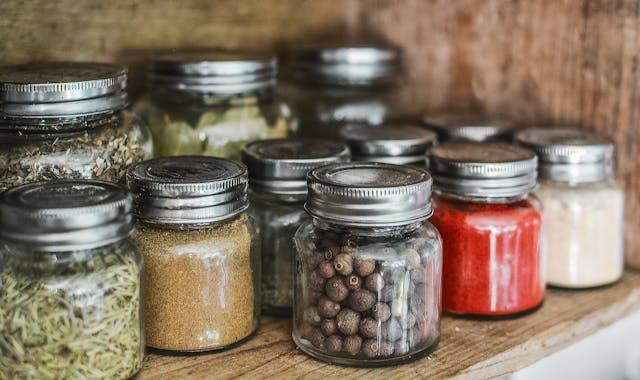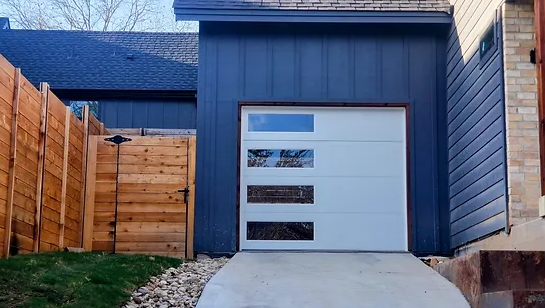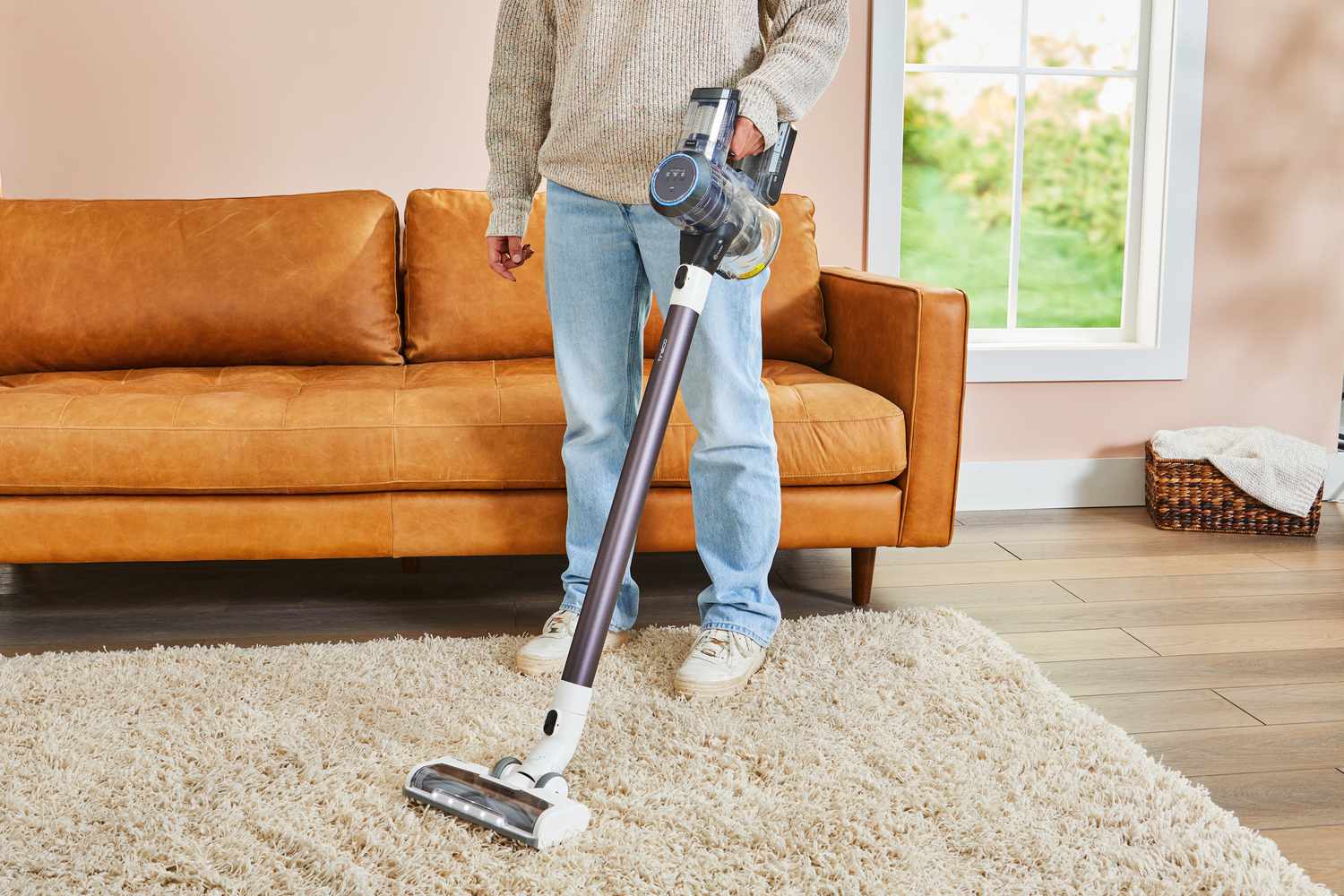Plumbing Equipment for Emergencies: A Homeowner’s Guide

Plumbing Equipment Homeowners Must Have for Emergencies
As a homeowner, plumbing emergencies like leaky faucets and burst pipes are inevitable and can cause significant damage, inconvenience, and stress. While calling a certified plumber is imperative for complex problems, you can tackle minor issues independently, provided you have the proper plumbing tools. Let’s walk through each tool to ensure you’re well-equipped for common plumbing issues.
Plunger: The First Line of Defense
Plungers are the most fundamental tool in any homeowner’s arsenal and are essential for clearing clogged toilets, sinks, and tubs. There are two types of plungers:
Flange Plunger – This plunger has a soft rubber flap that folds out to create a better toilet seal. Cup Plunger – This basic plunger has a flat bottom and is best suited for sinks and tubs.
Cover the drain opening completely when using a plunger to ensure a good seal. Then, do vigorous up-and-down motions while maintaining the seal to dislodge the clog. For toilets, ensure there’s enough water in the bowl to submerge the plunger.
Adjustable Wrench: The Multifunctional Tool
Adjustable wrenches are excellent for tightening or loosening nuts, bolts, and fasteners of various dimensions. Their adjustable jaws allow you to fit them to different sizes, making them highly versatile. They are ideal for working on faucet connections, supply lines under sinks, and other plumbing fixtures where you need to grip or turn a nut or bolt.
Pipe Wrench: For a Stronger Grip
Made for gripping and turning pipes, pipe wrenches are indispensable for more robust plumbing tasks. They are best for removing and installing pipes, particularly when other wrenches might not provide enough leverage or a firm grip. They are also ideal for working with galvanized steel or black iron pipes. Pipe wrenches come in multiple sizes, so consider getting a set or a size that suits your pipes’ diameters.
Basin Wrench: Reaching the Unreachable
Also called a sink wrench, the basin wrench is designed to reach and loosen nuts in hard-to-reach places without dismantling fixtures. Its long handle and pivoting head make it ideal for tight spaces, allowing you to access nuts where a standard wrench won’t fit. It’s perfect for working on faucet nuts, sink drain connections, and other plumbing parts in confined areas like behind toilets and under sinks.
Plumber’s Tape (Teflon Tape): The Leak Stopper
Plumber’s or Teflon tape creates a watertight seal on threaded pipe connections, preventing leaks. It’s a crucial tool for ensuring a leak-free plumbing system. When connecting threaded pipes, wrap the tape around and in the direction of the threads (clockwise when viewed from the end of the pipe) and several times for good measure. Doing so ensures the tape is compressed and seals effectively when tightening pipes.
Channel-Lock Pliers: The Grip of Steel
Channel-lock or tongue-and-groove pliers have adjustable jaws that securely grip pipes, fittings, and other objects of various sizes. They are excellent tools for many plumbing tasks, including gripping pipes, removing fittings, and holding objects in place while you work. Get a pair with a comfy grip and multiple adjustment settings for greater flexibility.
Hacksaw: The Cutting Edge
A hacksaw is used to cut pipes to the desired length or remove damaged sections, especially PVC. Its thin blades make precise cuts when needed and can also cut other materials, such as metal, plastic, and wood, that might be encountered during plumbing repairs.
When choosing a hacksaw, get one with a comfortable handle and a sturdy frame. Its blades can also dull or break, so always ensure you have spares.
Drain Snake: Clearing the Clogs Deep Down
Also called plumbing snakes or augers, drain snakes are flexible tools for clearing clogs deeper in drain lines. They are available in different lengths to reach clogs that a plunger can’t handle. A longer one is better for reaching clogs further down the drain. When feeding the snake into the drain, carefully rotate it to break up and remove clogs to avoid damaging the pipes.
Gloves and Glasses: Ensuring Your Safety
Using safety gear is paramount, regardless of the plumbing task. Put on safety glasses to shield your eyes from dirt, splashes, and other hazards. Always wear durable gloves that fit well to protect your hands from debris, chemicals, and sharp objects.
Furthermore, consider using different glove types per task. For example, you can wear rubber gloves when handling chemicals and specialty types when utilizing power tools and cutting tubing.
What To Do During a Plumbing Emergency
Quick and decisive action is crucial when a plumbing emergency strikes. Here’s a breakdown of the general steps you should take:
1. Close the Water Supply: Locate and turn off the main valve promptly to prevent further damage. If the problem concerns a specific fixture (e.g., a leaky faucet), you can only shut off the water supply it’s connected to.
2. Assess the Situation and Ensure Safety: Identify the problem’s source and the extent of the damage. Look for immediate hazards like standing water, electrical wires, or gas leaks. If you suspect a gas leak, leave the area at once and call your gas company. If there’s a risk of electrocution, turn off the power to the affected area.
3. Fix the Problem (If Possible): Use your plumbing equipment to tackle the issue.
4. Get Professional Help: Contact a licensed plumber if you’re unsure how to proceed or if the problem is beyond your capabilities. Also, capture photos and/or videos of the damage, which will be helpful when filing insurance claims.
Conclusion
The appropriate plumbing tools can empower you to handle minor issues and mitigate damage during emergencies. Investing in and knowing how to use them can help prevent damage to your home. Always put your safety first and seek professional help when dealing with complex issues. Contact a local plumbing company today for more information and expert advice.



